How we're working to save them:
Conservation Actions
- Work with the McCloud Redband Core Group to implement the 2014 Inland Redband Conservation Agreement to manage land uses in the McCloud River Basin.
- Establish a McCloud River Redband trout refuge that contains all current Redband streams and suitable reaches of potential future habitat for translocations.
- Use a captive broodstock program to protect the genetic integrity of McCloud River Redbands and facilitate CDFW’s 2013 Upper McCloud River Redband Trout Reintroduction Plan.
Click here to learn about CalTrout’s overall “Return to Resilience” plan to save California’s salmonids from extinction.
Where to find McCloud River Redband Trout:
McCloud River Redband Trout Distribution
McCloud River Redband trout once ranged throughout the mainstem McCloud River above Middle Falls and its tributaries, and perhaps the lower river and its tributaries as well. Potential habitat, including the upper McCloud River, encompasses about 98 km (about 61 mi.). Today, they persist only in four small (< 2 km, or 1.2 mi.) isolated streams upstream of the McCloud River’s Middle Falls that disappear underground into highly porous volcanic rock before connecting with the mainstem McCloud River downstream.
How the McCloud River Redband Trout Scored:
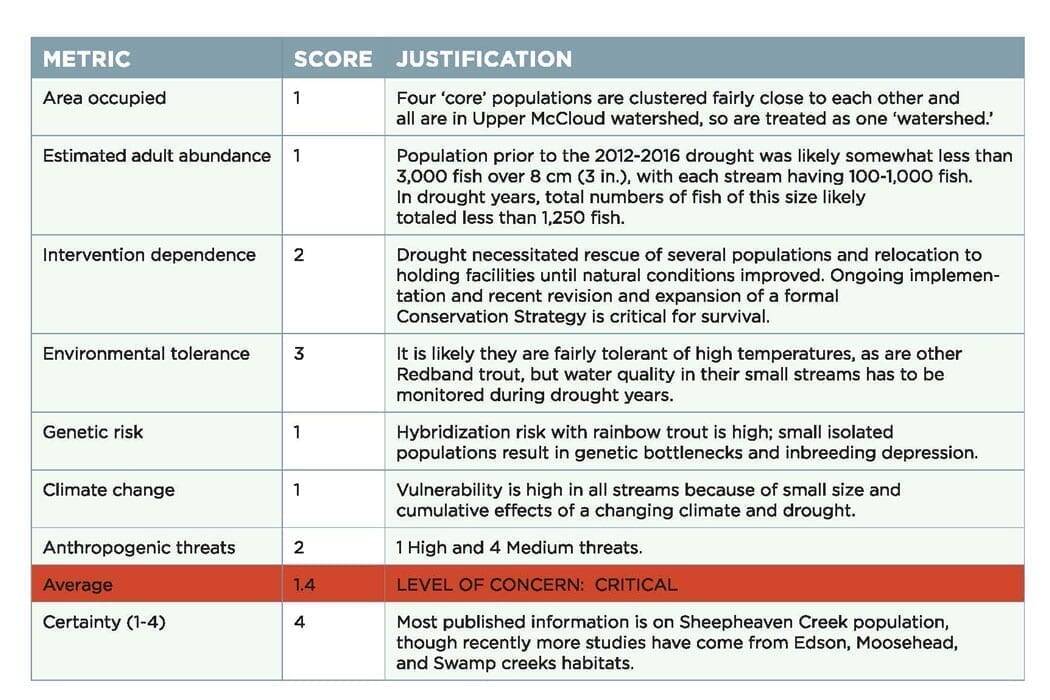
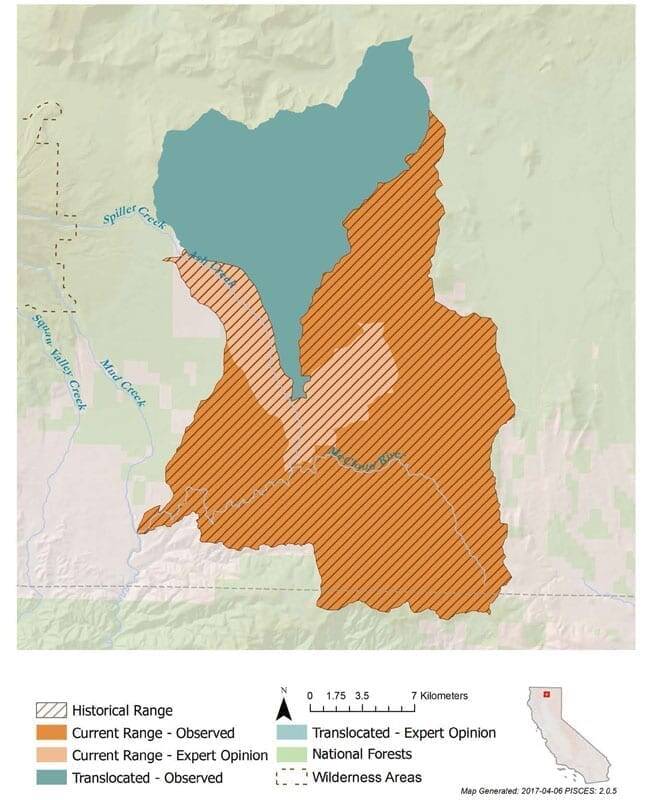
Characteristics
McCloud River Redband trout are similar in appearance to other Redbands, with yellow to orange bodies, dark oval parr marks on their sides, and white-tipped fins. The characteristic brick-red stripe on their sides is a defining feature, similar to that of the California Golden trout. Many, but not all, McCloud River Redbands have teeth on their tongues and an orange slash along the throat, characteristics more typically associated with Cutthroat trout.
Abundance
Estimated numbers of McCloud River Redband trout in the past were highly variable and ranged from 53 to 1,100 per km (about 85 to 1,770 trout per mi.) throughout their range. According to a 2011 CDFW survey, the total population of McCloud River Redband trout was about 3,560 fish. During recent drought years, 1,597 trout were rescued from Sheepheaven, Swamp, Edson, and Moosehead creeks, likely leaving less than 1,250 fish over 80 mm (3 in.) in the wild.
Habitat & Behavior
Sheepheaven Creek is a small, spring-fed stream at an elevation of 1,433 m (nearly 4,600 ft.). Very cold, clear water trickles from volcanic soils between 10-13°C (50-55°F) year-round and runs a short distance before returning underground. Other McCloud River Redband trout streams are generally small, with riffles and small pools providing cover, especially if they contain fallen trees. McCloud River Redbands are small trout; the largest adults often measure less than 21 cm (about 8 in.). They can become territorial and even cannibalistic under some circumstances. Like most other Redband trout, they spawn in late spring from May to June.
Genetics
Hybridization between Coastal Rainbow trout and Redband trout is a natural event. However, due to planting of Rainbow trout upstream of natural barriers such as waterfalls, hybridization has become a primary threat to McCloud River Redbands. While there are currently four, and possibly as many as six, isolated populations of McCloud River Redband trout, recent genetic analyses show that fish in Sheepheaven Creek are distinct from the others. A formal McCloud River Redbands Hatchery and Genetic Management Plan is forthcoming from CDFW.



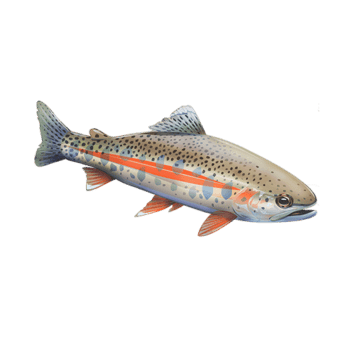
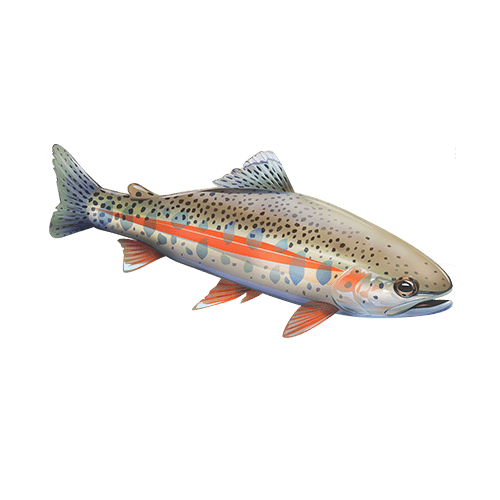




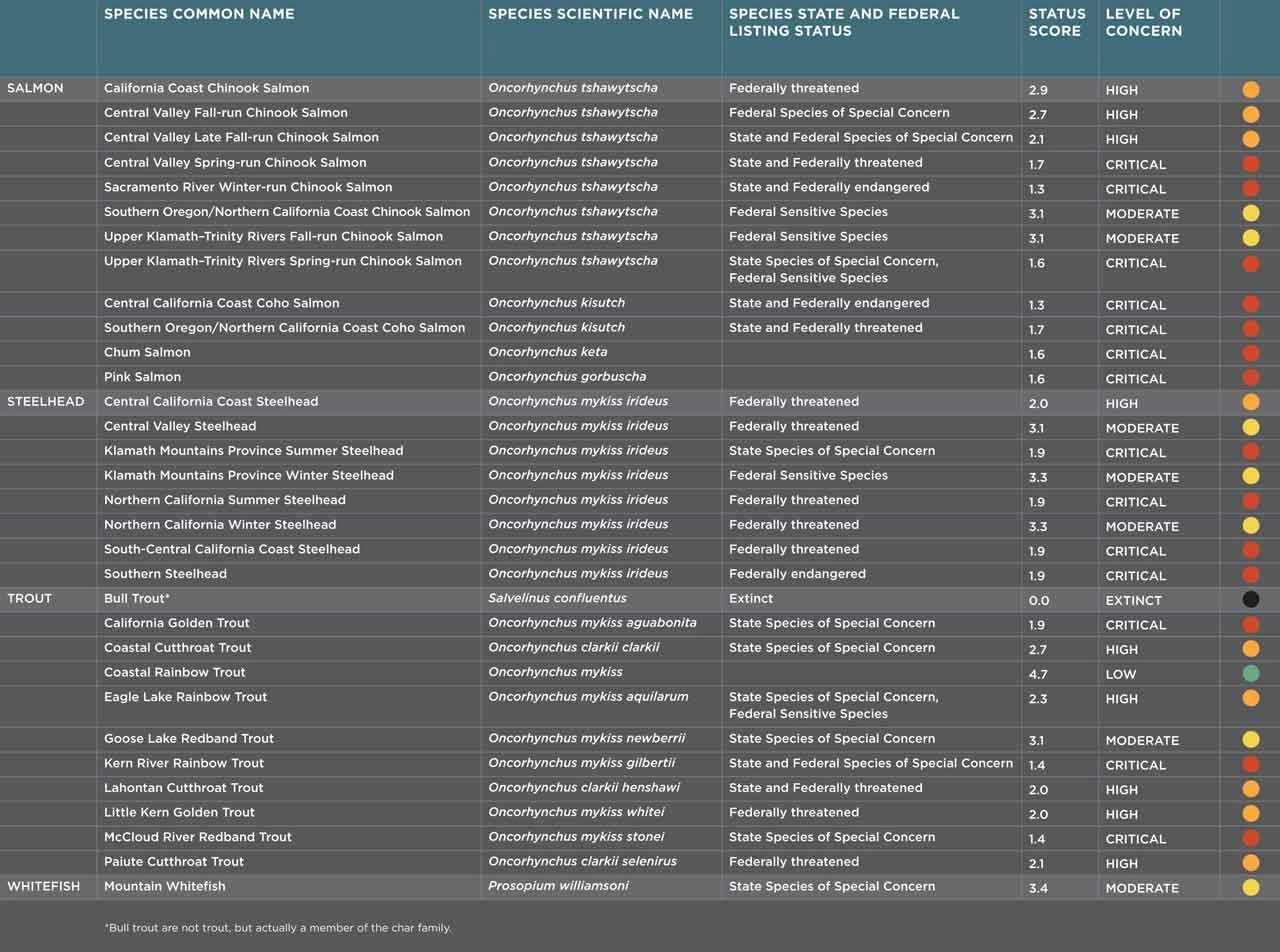












 Dams block access to historical spawning and rearing habitats. Downstream, dams alter the timing, frequency, duration, magnitude, and rate of change of flows decreasing habitat quality and survival.
Dams block access to historical spawning and rearing habitats. Downstream, dams alter the timing, frequency, duration, magnitude, and rate of change of flows decreasing habitat quality and survival.